Everyone knows that fruits and vegetables are the main source of many vitamins, minerals and nutrients, which is why they help maintain good health and a strong immune system.
It's best to eat fruits and some vegetables raw, so that their nutrients can get into you organism. Very often, however, along with the healthy substances we swallow very harmful ones too.
Chemicals and pesticides are used in the growth process of fruits and vegetables. They are often in a polluted environment and when they're placed on the market, they are exposed to other bacteria from the stands themselves or from the buyers.
Therefore, to protect ourselves from all the harmful substances they contain, it is necessary to properly wash our fruits and vegetables before eating them. To our delight, certain rules exist that will help us wash them properly. Here's how to properly wash fruits and vegetables:
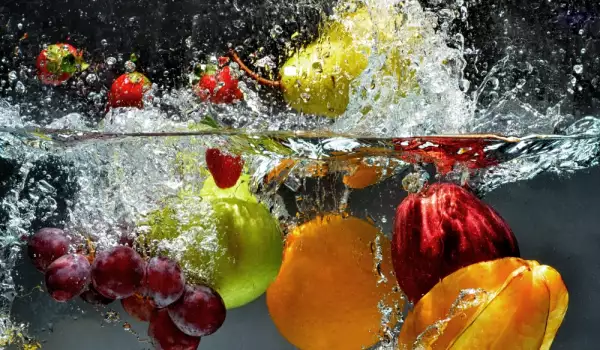
Fruits with stems (apples, pears) contain the largest amount of bacteria and dirt at the base of the stems and around their stamen. Therefore, after washing well with cold water, it is desirable to cut off both ends of the fruit.
Strawberries, raspberries, blueberries, blackberries. They should also be thoroughly washed with cold water, as they are a source of echinococcsis infection - a deadly parasitic disease.
Peel fruits and vegetables (oranges, tangerines, pumpkins, zucchini) should also be thoroughly washed, and their outer protectve layer rubbed clean with a brush, as it contains bacteria that often gets on our hands and mouth due to improper washing.
Bananas, like peel fruits, should also be washed with warm water.
Root vegetables (potatoes, carrots) are soaked in water for a few minutes. Afterwards, their skin is rubbed clean with a brush.
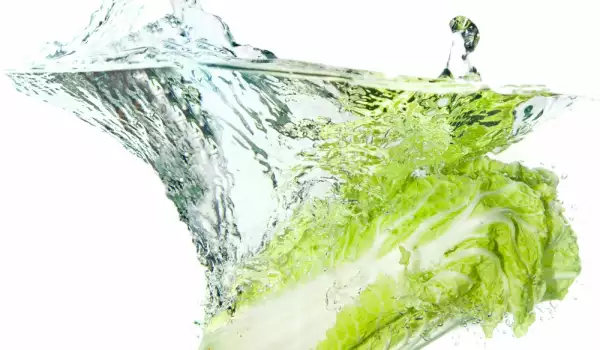
Green peel vegetables need to be soaked in cold water for a few minutes and then strained. The process is repeated 2-3 times. When it comes to lettuce and cabbage, the outer layer of leaves are removed before being washed.
Broccoli and cauliflower need to be soaked in water for 2-3 minutes, then chop and rinse them again.
Tomatoes and cucumbers are washed with cold water and then poured over with boiling water. These are the basic rules for washing fruits and vegetables, which will protect you from dangerous infections.
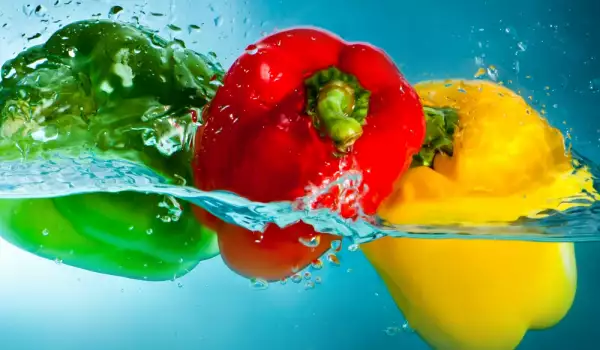




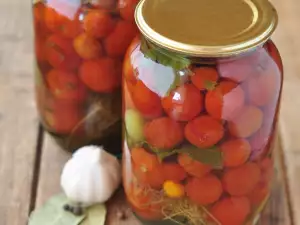
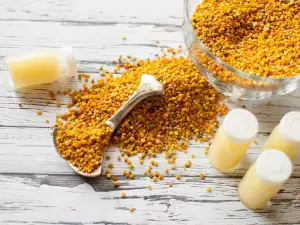

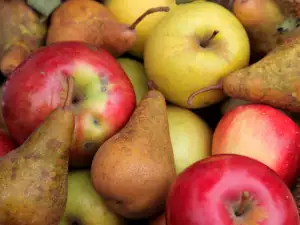
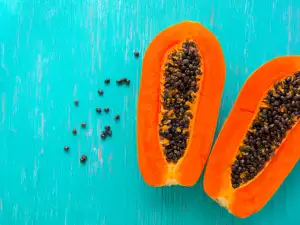

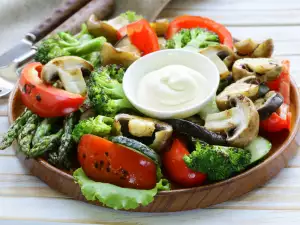
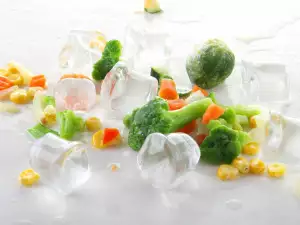


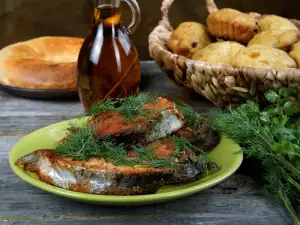




Comments